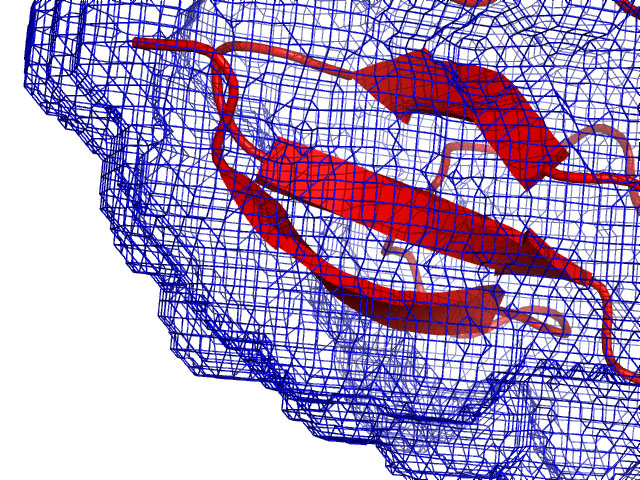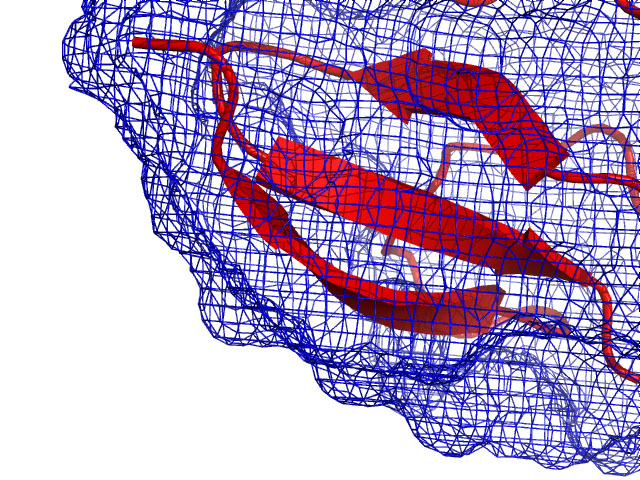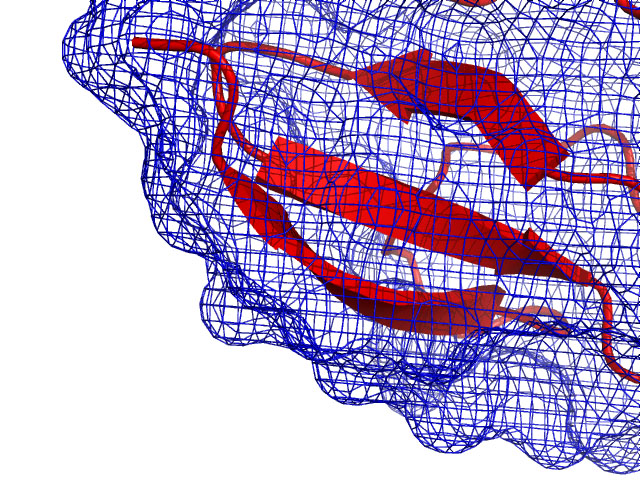Mesh quality: Difference between revisions
Jump to navigation
Jump to search
m (→Overview) |
No edit summary |
||
| (3 intermediate revisions by the same user not shown) | |||
| Line 1: | Line 1: | ||
== Overview == | == Overview == | ||
Altering the '''mesh_quality''' setting adjusts how precisely the mesh represents the surface. The higher the value the more curved and precise the surface is defined. The default is good compromise for quality and speed (mesh calculation time). | Altering the '''mesh_quality''' setting adjusts how precisely the mesh represents the surface. The higher the value the more curved and precise the surface is defined. The default is good compromise for quality and [[:Category:Performance|speed]] (mesh calculation time). | ||
== Syntax == | == Syntax == | ||
<source lang="python"> | <source lang="python"> | ||
set mesh_quality, <integer> | # The default is 2. | ||
set mesh_quality, <integer> | |||
</source> | </source> | ||
| Line 14: | Line 14: | ||
Image:min_mesh_spacing_default.jpg|mesh_quality 2 (default) | Image:min_mesh_spacing_default.jpg|mesh_quality 2 (default) | ||
</gallery> | </gallery> | ||
[[Category:Settings|Mesh quality]] | |||
[[Category:Performance]] | |||
Latest revision as of 15:31, 23 September 2008
Overview
Altering the mesh_quality setting adjusts how precisely the mesh represents the surface. The higher the value the more curved and precise the surface is defined. The default is good compromise for quality and speed (mesh calculation time).
Syntax
# The default is 2.
set mesh_quality, <integer>


